Most SaaS teams know the value of paid search, but far fewer know how to make it scale.
They start with a few branded campaigns, maybe some competitor targeting, and if budget allows, a couple of middle-funnel terms. Results are mixed. Conversions look okay on paper, but sales don’t move, or worse, CPLs spike without shifting real pipeline.
Sound familiar?
If you’re a B2B SaaS marketing lead or founder in growth mode, scaling lead generation isn’t just about more clicks or bigger budgets. It’s about building a search strategy that aligns tightly with your funnel, your buyers, and your commercial outcomes. And that requires more than surface-level tactics.
This guide unpacks exactly how to scale SaaS lead generation using paid search, step by step. We’ll cover why PPC is foundational to your growth engine, where most strategies fall short, and what a scalable, ROI-focused campaign framework looks like. You’ll see how to avoid wasted spend, improve lead quality, and demonstrate value faster.
Because with the right strategy (and the right partner), paid search can shift from lead source to true growth engine.
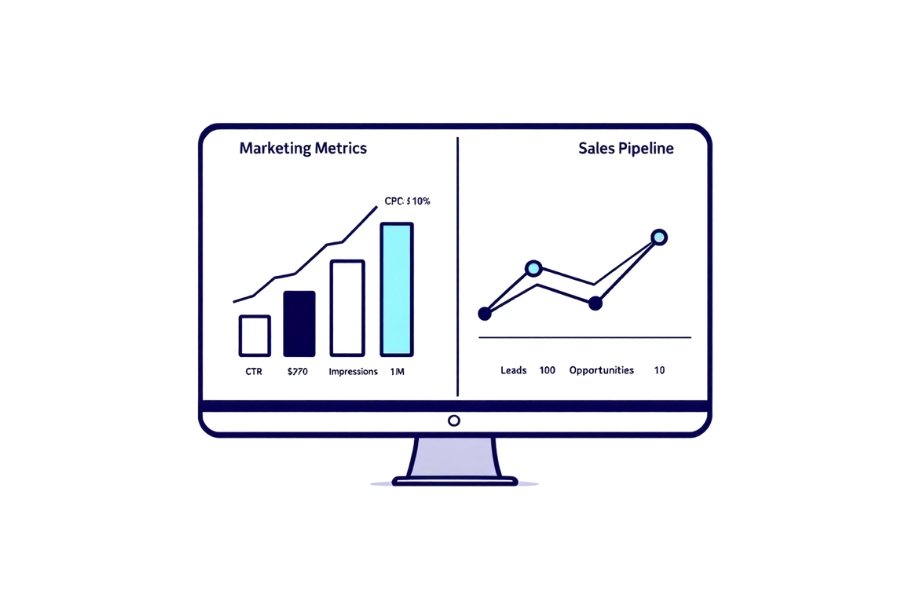
Why Paid Search Is Critical for SaaS Lead Gen Growth
For SaaS companies looking to scale their pipeline, paid search isn’t just useful, it’s essential.
According to Search Engine Journal, 68% of B2B marketers say paid search is their most effective channel for driving leads. And in SaaS, where decision-makers often research independently and online before ever booking a demo, visibility in search results can be the difference between pipeline growth and pipeline stagnation.
Here’s why PPC earns its place as a core SaaS growth driver:
- High intent, high control: Unlike display or social, paid search targets users who are already actively seeking solutions. You’re not interrupting, you’re answering.
- Funnel flexibility: Whether someone’s comparing tools or searching “best CRM for startups”, search campaigns can be built to match their intent and stage precisely.
- Speed to market: Need to test a new message, product, or vertical? Paid search lets you move fast. No creative bottlenecks, no long lead times, just data-backed decisions in days, not weeks.
- Data-backed decisions, not guesswork: Search gives you real feedback, fast. You see which terms convert, where leads drop off, and which campaigns drive actual pipeline. That’s insight you can act on, straight from the buyer’s behaviour.
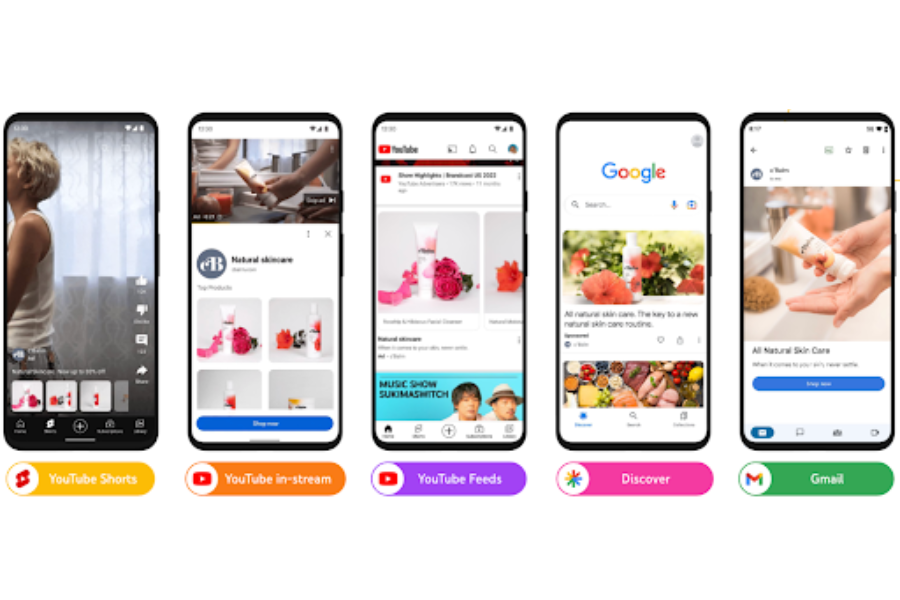
The problem? Most teams never get this far. Instead of treating PPC as a strategic lever, they run it as a reactive, bolt-on channel. Spending rises, quality dips, and the CFO starts asking hard questions.
That’s where things start to unravel. In the next section, we’ll break down the most common challenges SaaS marketers face when trying to scale paid search and how to overcome them.
Common Challenges in Scaling SaaS Lead Gen with PPC
If paid search is supposed to be the fastest route to pipeline, why do so many campaigns deliver underwhelming results?
It usually comes down to execution. Many teams throw a budget at the problem without a clear framework or enough depth in their strategy. And instead of scaling lead flow, they create noise through lots of activity but not much outcome.

Below are three issues we see most often when SaaS brands try to ramp up PPC. Each one drains efficiency and slows down growth.
Rising CPCs and Budget Inefficiency
Search real estate isn’t getting any cheaper. CPCs have climbed across core SaaS categories as more players chase the same high-intent terms. But it’s not just a budget issue. It’s how that budget is being spent.
We regularly see accounts with budgets spread thin across broad-match terms, generic audience signals, and automated suggestions that serve the platform more than the advertiser. The result? A steady burn of spend with little to show for it.
To get ahead of this, tighten your keyword matching, layer in exclusion lists, and review actual search queries weekly. Relevance is what keeps CPCs sustainable, while guesswork inflates them fast.
Targeting the Wrong Buyer Personas
Here’s where even well-meaning campaigns often miss the mark: they speak to users, not buyers.
If your ads are attracting clicks from product evaluators or curious end users, you might see volume, but not velocity. Decision-makers think differently. They search differently, too. “CRM comparison matrix” might signal intent. “How to use CRM” probably doesn’t.
Build every campaign with the commercial buyer in mind. That means mapping keywords to pain points, aligning copy with business goals, and filtering traffic to avoid irrelevant job functions.
Misaligned Landing Pages and Offer Fit
Click-through rates might look healthy, but conversions are a different story. One common culprit? A landing page that doesn’t follow through on the ad’s promise.
Sometimes it’s a slow site or clunky design. More often, it’s messaging that fails to match what the user came for. A vague CTA. A headline that doesn’t echo the keyword. A form that asks for too much, too soon.
When you’re spending £20 or more for a click, the landing experience has to work hard. Every element (headline, CTA, offer) should reinforce the reason someone searched in the first place.
A Scalable Paid Search Strategy for SaaS Lead Generation
So you’ve launched a few campaigns, captured some early wins, and now you’re looking to scale. What’s next?
This is the point where many SaaS PPC efforts start to plateau. Not because the channel stops working, but because the strategy doesn’t evolve. Scaling search is not just about increasing the budget. It requires a campaign structure that grows without becoming chaotic or inefficient.
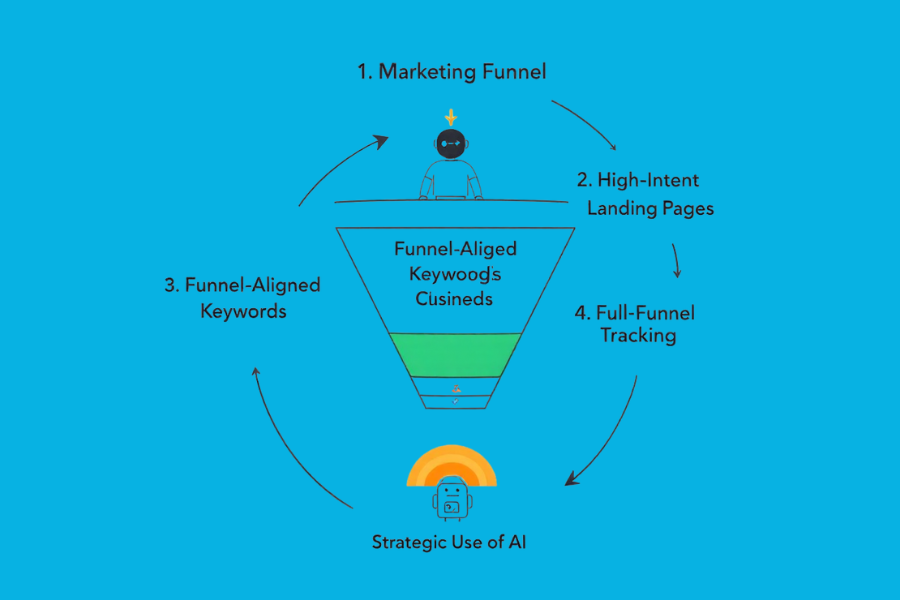
Here’s a step-by-step framework we use to help SaaS teams move from patchy results to a predictable pipeline.
Build a Funnel-Aligned Keyword Strategy
Every search term carries intent. But not all intent leads to revenue.
Start by matching your keyword plan to the buyer journey. At the bottom of the funnel, target terms like “CRM for recruitment firms” or “best HR software UK”. These suggest the searcher is close to a decision.
Middle-funnel terms such as “compare CRM tools” or “CRM features for small teams” work well with content offers like guides or webinars. Top-of-funnel searches are more educational. These can support brand awareness, but should be used selectively and backed by retargeting.
Each stage needs a tailored approach. Grouping everything leads to confusion and wasted spend.
Prioritise High-Intent Landing Pages
No matter how strong your ad copy is, a poor landing page will kill momentum.
You need fast load speeds, mobile responsiveness, and a clear alignment between ad and page. Just as important is the CTA. A visitor searching for a demo should land on a page designed specifically to convert that intent.
Avoid general messaging or vague offers. Make the value clear from the first headline, place CTAs where they’re easy to act on, and remove anything that slows down decision-making. If you’re using gated content, the benefit must be obvious within seconds.
Implement Full-Funnel Conversion Tracking
Click-through rate and cost-per-lead are not enough.
You need to know which keywords are driving pipeline, not just form fills. That means tracking conversions deeper into the funnel and integrating with your CRM where possible. Use custom events and offline conversion tracking to capture signals beyond the initial click.
With this data in place, you can move from managing spend to managing outcomes. That’s the difference between a campaign that looks good on paper and one that delivers qualified leads your sales team wants.
Use AI and Automation (But Stay in Control)
Smart bidding and automated campaign types can be powerful, but they are not a silver bullet.
Let automation handle the volume and mechanics, like adjusting bids or rotating creative. But don’t let it replace strategic thinking. Platforms optimise for clicks and conversions. Your goal is pipeline and revenue.
Keep human oversight in place, set boundaries, and don’t hesitate to step in when automated decisions misalign with commercial goals. To overcome these problems, generative engine optimisation is a solution that more and more businesses are arriving at.
Campaign Examples – What Scalable SaaS PPC Looks Like
It’s one thing to talk strategy. It’s another to see it in action.
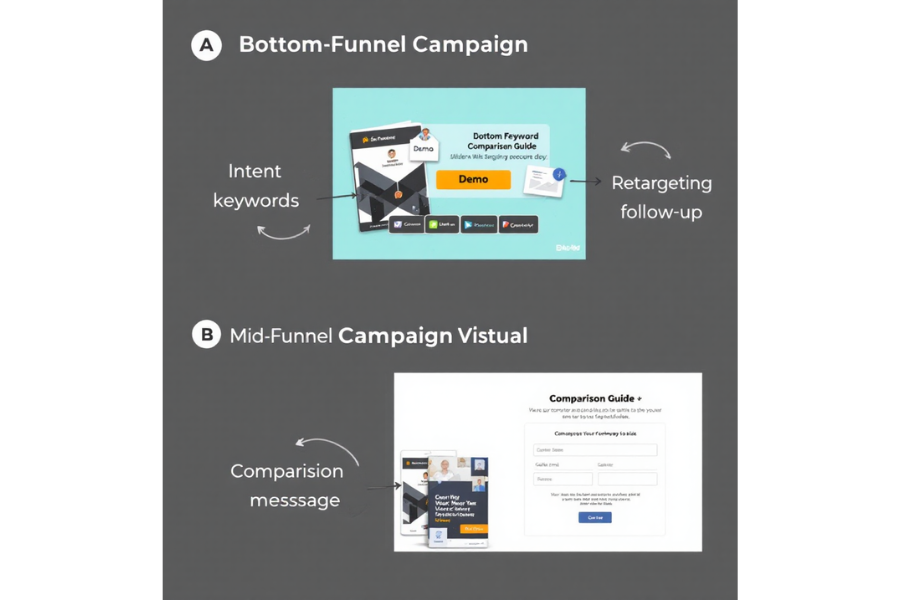
Here’s how smart SaaS teams turn theory into results: not through flashy tactics, but by aligning campaigns with real buyer behaviour. The two examples below are built from patterns we see across high-performing accounts.
Bottom-Funnel Campaign: “Free Demo” Offer
Who it’s for: Budget holders in functions like compliance, finance, or sales ops; the people signing off on software spend.
What it looks like:
- Keywords include high-intent phrases like “payroll software demo” or “[competitor] alternative”
Ads lead with clarity: headline and copy spell out the value, then drive directly to a “Book a Demo” CTA. - Landing page is lean and conversion-focused: fast load, no fluff, and a simple form to schedule the session.
- Retargeting picks up drop-offs with urgency-based copy, reminding them why they clicked in the first place.
Why it works: No friction. No distractions. Just a straight path from interest to action. It respects the buyer’s time and moves them forward without adding noise.
Mid-Funnel Campaign: “Compare CRM Tools” Guide
Who it’s for: Operators or managers exploring solutions, but not yet committed to a shortlist.
What it looks like:
- Keywords include comparison terms like “best CRM for remote teams” or “CRM alternatives for UK startups”
- Ads promote a helpful asset, such as “Download the 2024 CRM Buyers Guide” or “See how top tools compare”
- Landing page teases what’s inside, shows instant value, then asks for a few key details to access the full guide
- Follow-up includes helpful emails; maybe a short product walkthrough, a case study, or a “What to ask in your demo” checklist.
Why it works: It meets the buyer when they are curious, cautious, and still weighing options. Instead of pushing for the sale, it earns trust by being genuinely useful.
How to Measure & Optimise Paid Search for Scalable Results
Running campaigns is easy. Knowing if they’re working is where most SaaS teams struggle.
The default metrics, such as clicks, impressions, and CTR, might be fine for brand awareness. But if your goal is to drive qualified leads and pipeline, surface-level reporting won’t cut it. You need to track what matters, then optimise based on real outcomes.
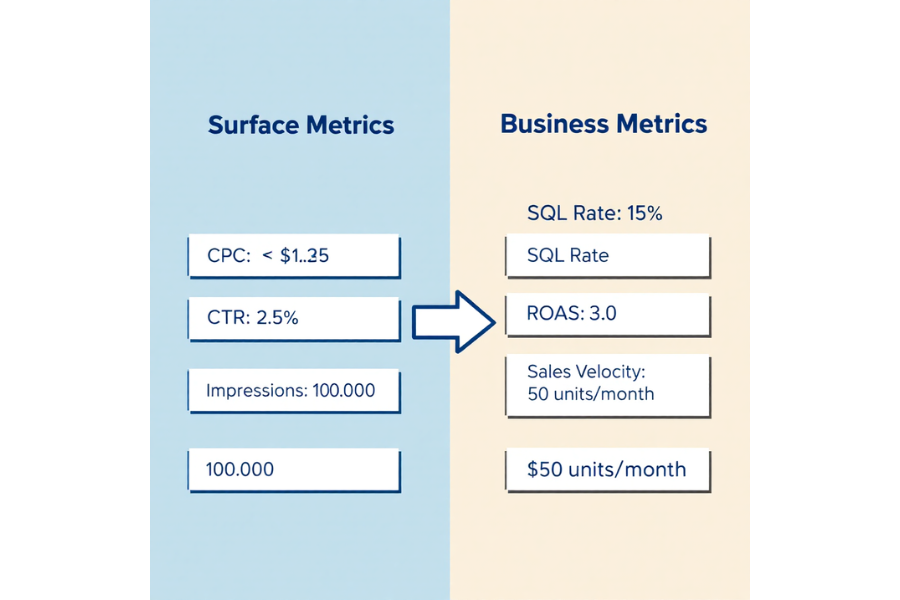
Here’s how to do that.
Choose the Right Attribution Model
First-click, last-click, linear, data-driven; the model you choose shapes what you see. And what you see determines how you invest.
SaaS journeys are rarely linear. Someone might click an ad, read a blog a week later, then request a demo after seeing a retargeting message. If you’re only tracking the last interaction, you’ll miss the role paid search played in creating the opportunity.
There’s no one-size-fits-all answer. But data-driven models (like those in GA4 or your CRM) give a more balanced view across touchpoints. The key is to stay consistent and to track at the level of the lead, not just the session.
Focus on Business-Level Metrics
Traffic is not the goal. Revenue is.
That means going beyond CPL to include metrics like:
- MQL-to-SQL rate: Are the leads qualified?
- Sales velocity: How fast are they moving through the funnel?
- CAC and ROAS: What does it cost to acquire a paying customer?
By tying your PPC data to pipeline outcomes, you can make smarter decisions about where to allocate spend and which keywords are worth keeping.
Test, Learn, Repeat
Optimisation isn’t a one-off task. It’s a constant process of hypothesis, testing, and refinement.
Run structured A/B tests on ad copy, landing pages, CTAs, and audience segments. Give each test enough volume to generate meaningful insight. And be ready to kill underperforming variants fast, even if they looked good on paper.
Also, don’t forget creative testing. In SaaS, especially with abstract products, the way you communicate value often matters more than the feature list itself.
Should You Outsource? What to Look for in a SaaS PPC Partner
For many SaaS teams, the decision isn’t whether paid search works, it’s whether to run it in-house or bring in external help.
If your team has deep PPC experience, bandwidth to test and optimise, and access to the right tools and data, in-house can work. But for most companies in the £2M–£50M revenue range, that’s rarely the case. Capacity is limited. Strategy gets reactive. And performance flatlines.
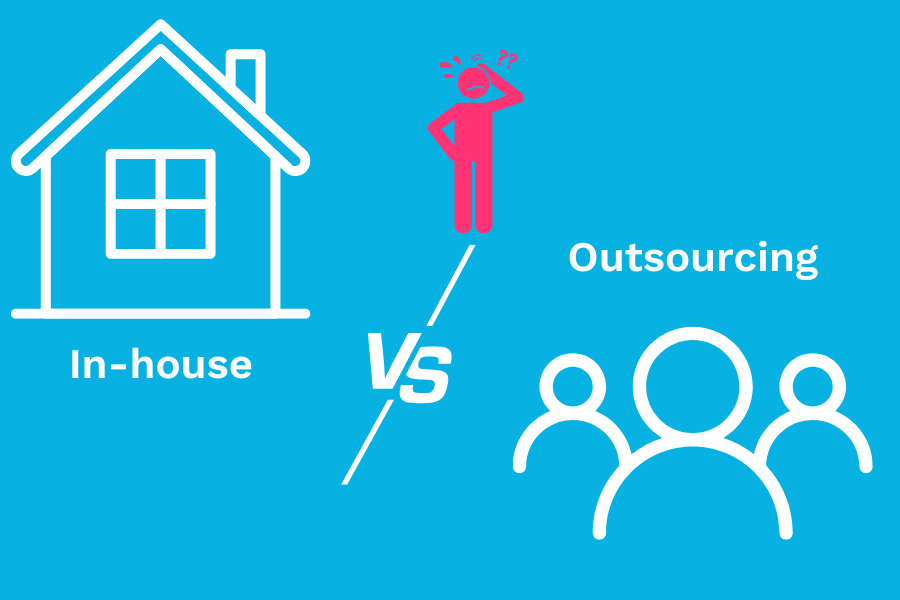
Outsourcing can be a growth lever, but only if you choose the right partner.
Here’s what to look for when evaluating a SaaS PPC agency or consultant:
- Strategic clarity: You don’t need someone to just “run Google Ads”. You need a partner who understands how PPC fits into your broader go-to-market strategy, funnel alignment, and commercial goals.
- SaaS fluency: Look for experience with CAC:LTV dynamics, sales cycles, and lead qualification models. Bidding on B2C-style keywords won’t cut it in a six-month sales journey.
- Transparency and reporting: Ask how often you’ll see performance data, how results are tracked beyond CPL, and how insights will be applied. Avoid partners who hide behind dashboards.
- Collaboration cadence: PPC doesn’t sit in a silo. Your agency should work closely with content, sales, and ops to align campaigns with what’s happening across the funnel.
Test-and-learn mindset: Static media plans are a red flag. Look for a partner who’s hungry to test, open to iteration, and focused on learning fast.
The right partner won’t just improve campaign performance. They’ll help you prove value to your board, win confidence from sales, and make paid search a predictable pipeline engine.
Final Thoughts: Paid Search Is a Growth Engine (If You Build It Right)
Paid search isn’t a silver bullet. But done right, it becomes one of the most reliable, scalable sources of qualified leads in your entire marketing mix.
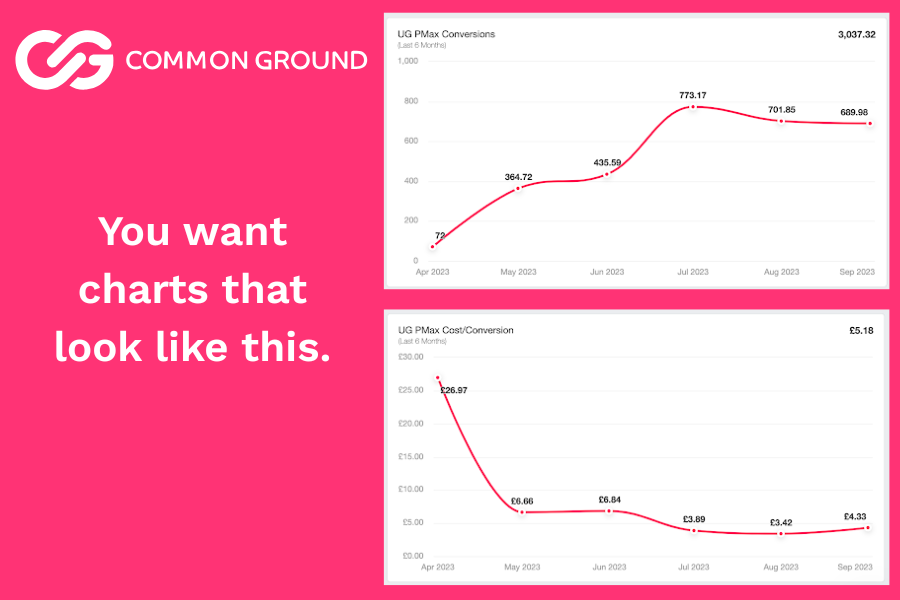
The challenge for most SaaS brands isn’t whether to run PPC. It’s how to run it well enough to drive a real pipeline, not just clicks or form fills. That means aligning campaigns to your funnel, tracking what converts, and building landing experiences that move people forward.
It also means knowing when to bring in outside expertise.
If you’re trying to scale, but current performance is flat or inconsistent, the issue usually isn’t spend; it’s structure, strategy, or execution. And that’s fixable.
At Common Ground, we work with SaaS teams across the UK to turn PPC from a cost centre into a growth driver. We help you get clear on what’s working, where it’s leaking, and how to scale without the guesswork.
Explore how we help SaaS brands build high-intent lead generation engines through paid search.
What you will learn in this post
Connect
More about the author

Sam Searle
Head of Digital
Common Ground’s longest-serving employee, Sam spearheaded our PPC efforts alone for years, before eventually building her team and becoming head of all digital operations in the business. Sam still lives and breathes PPC, and has a hand in all of our paid work.
FAQs
FAQs About Scaling SaaS Lead Gen with Paid Search
Got questions about paid search?
Here’s what marketers like you ask us most.
How much should a SaaS company spend on paid search?
There’s no one-size answer, but a good starting point is 5–10% of your monthly revenue if PPC is a core growth channel. For early-stage SaaS brands testing viability, smaller budgets can work, but only if campaigns are tightly targeted and conversion goals are clear.
More important than total spend is efficiency. If you’re generating MQLs but none are moving to sales, the problem isn’t budget. It’s targeting or messaging.
What’s the best PPC platform for SaaS?
Google Search is usually the anchor as it captures the strongest intent and is the most controllable. Microsoft Ads can be a useful secondary channel, especially in the B2B space. Beyond that, platforms like LinkedIn work better for account-based awareness than hard lead gen.
Start where the intent is clearest. Expand only when you’ve nailed conversion with high-intent terms.
How long does it take to see ROI?
If campaigns are set up well and you have sales alignment, early signals should appear within 4–6 weeks. That includes MQL volume, lead quality, and early-stage sales engagement. Closed revenue often takes longer, depending on your sales cycle.
The key is to measure progress at multiple points, not just at the end. That gives you room to adjust before budgets are wasted.
Should I bid on my brand name?
Yes. It’s cheap, defensible, and lets you control the messaging. Even if you’re ranking organically, competitor ads can appear above you. A branded campaign ensures you stay visible and can reinforce your value proposition directly.
5 Stars on Google | Trusted by growth-focused B2B Brands
Let’s Turn Strategy Into Revenue
If you’re serious about driving measurable B2B growth, we should talk.
We’ll bring the strategy. You bring the ambition.